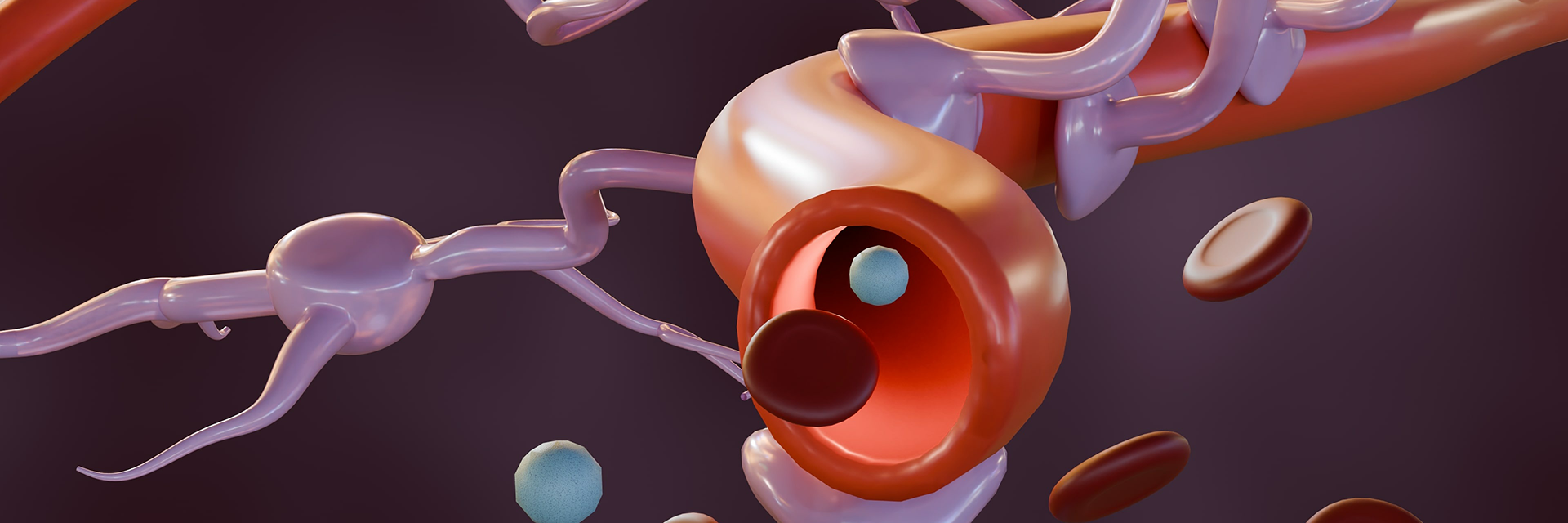Big hopes for nanomolecules
Nano-engineered shield for enzyme replacement therapy could help it reach targets in the brain
Enzymes are proteins that speed up chemical reactions in cells. They break down food and toxins in our digestive system and liver, and help DNA unwind during cell division and replication for example. Beyond their role in our bodies, their properties as catalysts make them interesting as a greener alternative to chemical catalysts for chemical reactions.
In 2016, scientists at the Institute for Chemistry and Bioanalytics developed an innovative method to engineer enzymes inside nanoparticles, making them more resilient for applications in biocatalysis. They spun off the company Inofea, focused on providing solutions for stable, active and pure enzymes for chemical reactions and production processes.
Enzymes can also act as therapeutics, in cases when the body is not producing enough on its own. Building on their enzyme engineering technology, Prof. Dr. Patrick Shahgaldian and his team developed nano-architectures to protect sensitive enzyme therapeutics from degradation in the body (e.g. intestinal tract). The team designed an organic-inorganic hybrid that enables enzymes to stay alive and reach their targets in the gut. This can significantly reduce the pill burden for patients. For the therapeutic applications of the shielding technology, Shahgaldian spun off Perseo Pharma in 2019. The firm is currently conducting preclinical testing of four digestive therapies, as well as investigating if a similar approach could be used to deliver a cocktail of enzymes that prevents metabolic activity in cancer cells.
The next frontier for Shahgaldian and his team is another difficult environment for medicines: the brain. This time, they’re working on solutions for lysosomal storage diseases (LSD), a large group of metabolic disorders caused by enzyme deficiencies in the lysosome. About 50-70% of LSDs affect the central nervous system. Enzyme replacement therapies can help address some of these conditions, but unfortunately they do not cross the blood-brain barrier.
Shahgaldian’s team is seeking to overcome this problem by designing an outer enzyme shield that will not only protect the enzymes, but more importantly, bind to receptors on the blood-brain barrier to allow transport across it.
“By decorating the enzymes with structures that the brain’s endothelial cells recognise and bind to, it may be possible to deliver enzymes to the brain. We hope our approach will contribute to new treatments for lysosomal storage diseases affecting central nervous system targets” says Shahgaldian.
Another strategy that the team may explore in the future is the design of nanoparticles for intra-nasal administration. Nose to brain is a promising route that avoids some challenges associated with the blood-brain barrier and for which nanomolecules are particularly suited.
Key facts | |
|---|---|
Partners: | Perseo Pharma |
Financing: | Swiss Nanoscience Institute |

